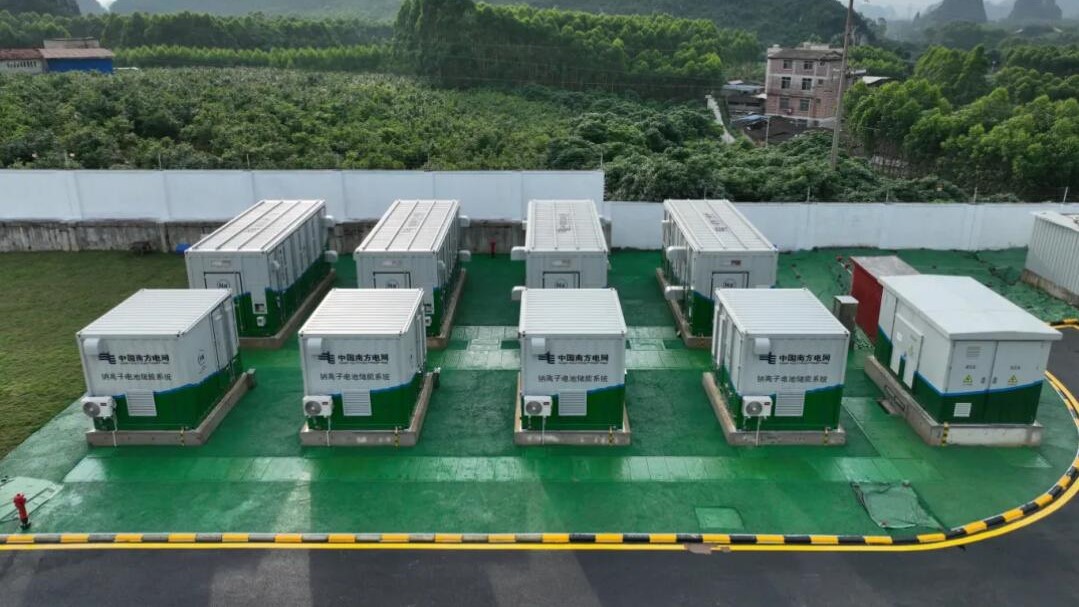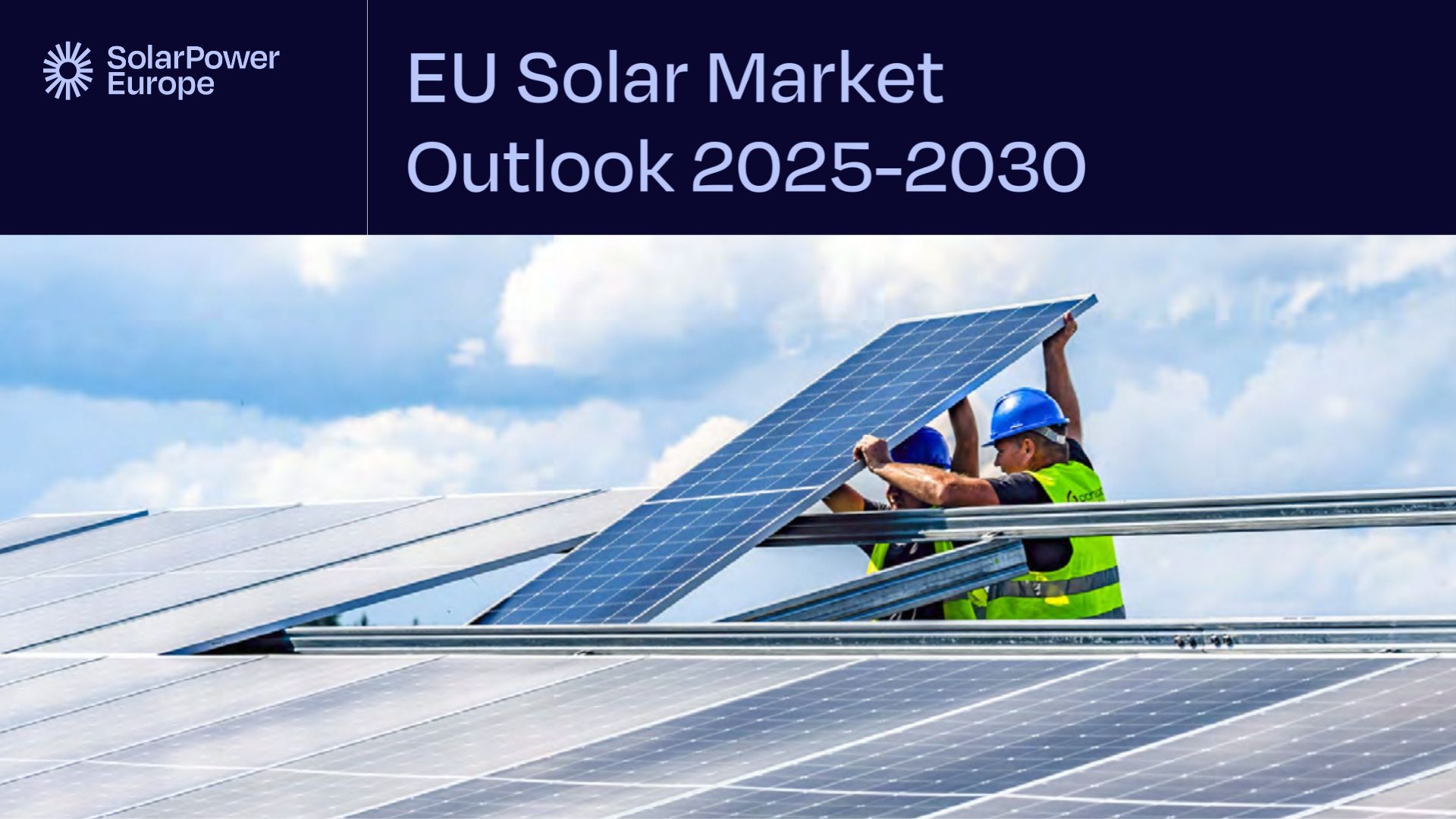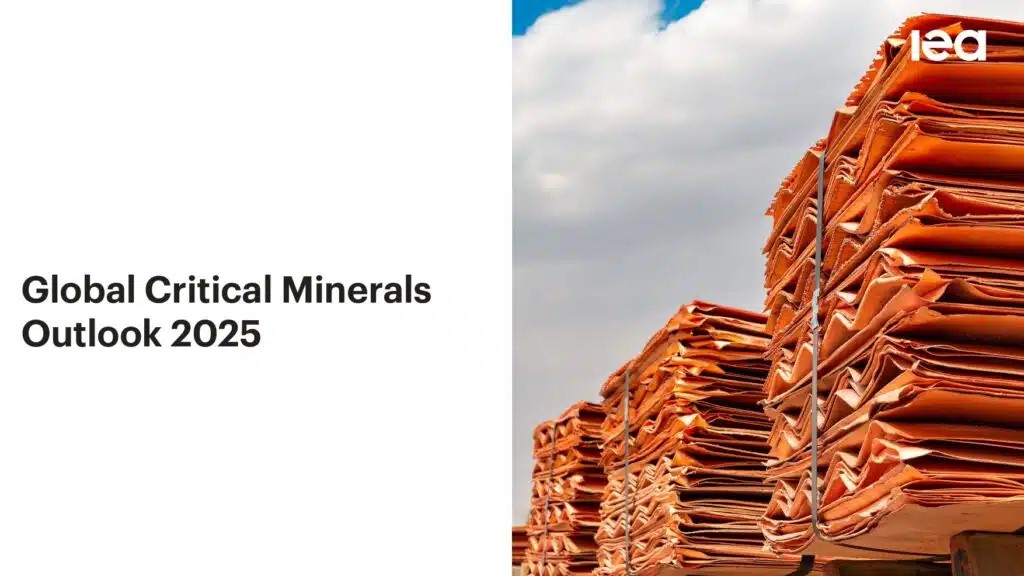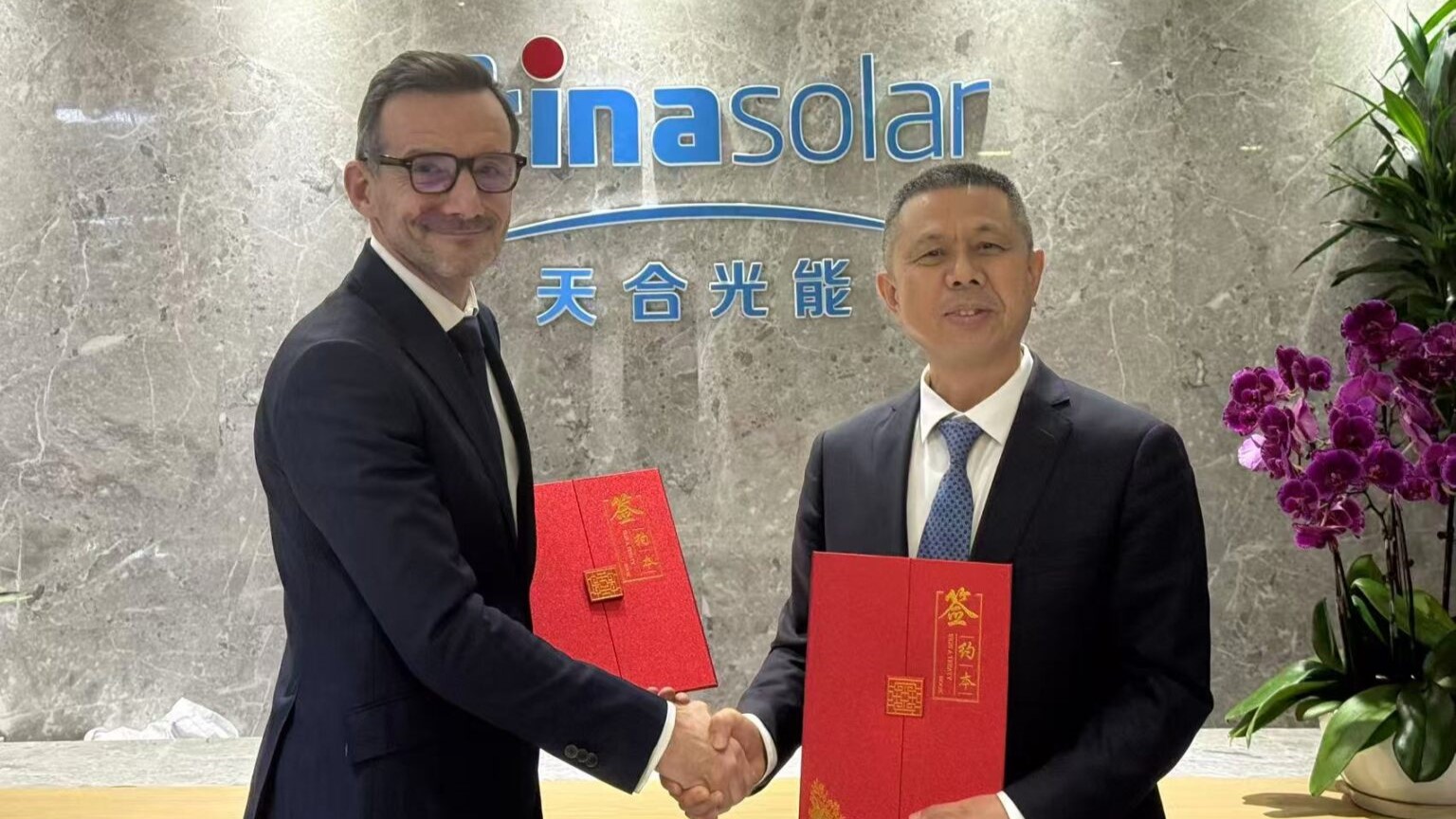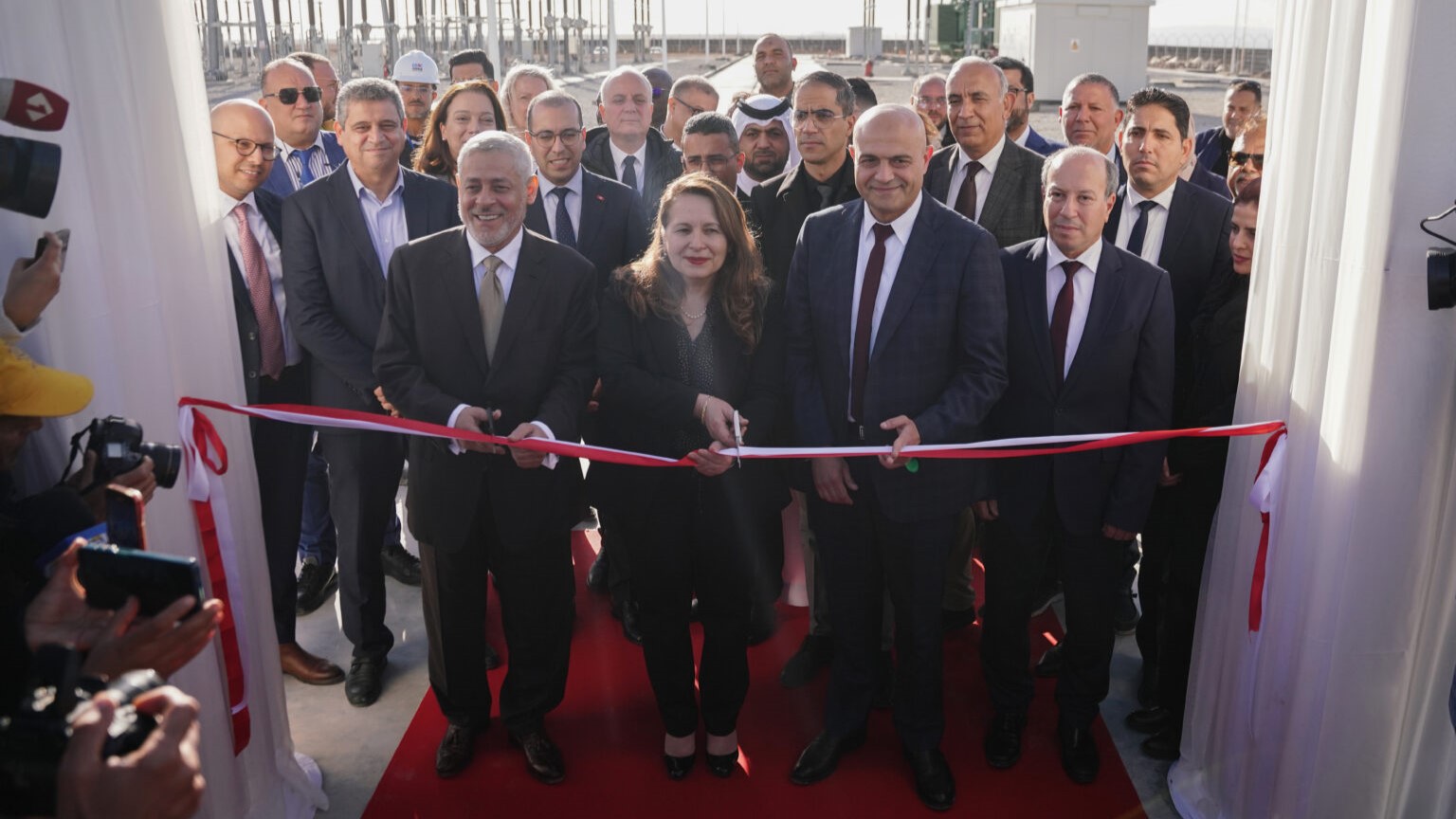While many lithium-ion battery manufacturers in China are sold out and struggling to keep pace with demand from the energy storage sector, investment is increasingly flowing not only to the ubiquitous lithium-ion technology but also, and substantially, to its key contender: sodium-ion batteries.
With the pipeline of sodium-ion manufacturing plants relentlessly expanding, Guangde Qingna Technology Co., Ltd. officially signed an agreement on Nov. 20 for its 20 GWh sodium-ion battery production project in the Suining Economic and Technological Development Zone, Sichuan Province.
The project represents a total investment of CNY 6 billion ($835.98 million). Once completed, it is expected to create synergies with existing sodium-ion industrial chain projects in the zone.
The Suining Economic and Technological Development Zone is emerging as a major hub for sodium-ion technology development, on the back of several large-scale industrial projects.
For instance, Wuhan Tian Na Technology is building a sodium-ion anode material industrialization base, backed by CNY 58 billion in investment, with a planned output of 130,000 t/year of hard-carbon negative-electrode material. SVOLT is also constructing an anode material project with a reported annual capacity of 1.3 million tonnes, potentially one of the largest sodium-ion anode facilities in the industry.
Furthermore, Suining Tian Na Energy plans another 20,000 t/year sodium-ion material plant with CNY 5.8 billion in investment, while Hive Energy is pursuing a 130,000 t/year sodium-ion negative-electrode material project, broadly aligned with Tian Na’s development.
Currently, the most notable sodium-ion battery production plant in China is the HiNa Battery facility in Fuyang, Anhui Province, built in cooperation with China Three Gorges Corporation and local authorities. The first 1 GWh phase came online in 2022, with the full plan targeting 5 GWh capacity.
Sodium-ion batteries have emerged as a strong contender to lithium-ion technology, often promoted as a cheaper and more sustainable alternative due to sodium’s abundance and low extraction costs. However, they still face challenges before mass-market adoption, including higher costs compared with rapidly scaling lithium iron phosphate (LFP) batteries.
China currently leads the sector, both in technology development, driven by lithium-ion battery manufacturing heavyweights such as CATL, BYD, EVE and Huawei, and in deployment, with 100 MW-scale projects and multiple hybrid systems combining sodium-ion and lithium-ion batteries, and even grid-forming inverters.
Industry research projects China’s sodium-ion battery market to grow from 10 GWh in 2025 to 292 GWh by 2034, representing an average annual growth rate of roughly 45%. By 2030, China is expected to account for over 90% of global sodium-ion battery production.
According to the recent data from the China Energy Storage Alliance (CESA), 48 sodium-ion battery energy storage production projects were planned in 2024, with a combined annual capacity of 254.7 GWh and a total investment of CNY 126.77 billion, marking a 32% decrease from 2023’s planned capacity of over 375 GWh.
However, data from January to September 2025 indicate that investment in the sector is recovering. During this period, the CESA database recorded 37 new capacity construction projects, totaling 179.5 GWh, already over 70% of last year’s total, including six projects with planned capacities exceeding 10 GWh.
While Guangde’s 20 GWh plant is significant, it is not the largest announced in China. In early 2024, BYD officially started construction of a 30 GWh/year sodium-ion battery plant in Xuzhou, though updates on its progress have been scarce.


